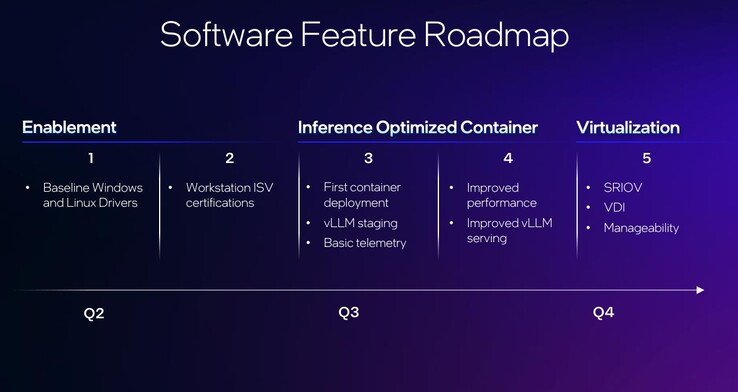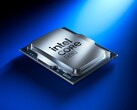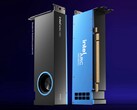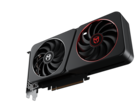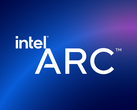CheckMag | Big dies, small margins: A postmortem on Intel Arc Battlemage (so far)
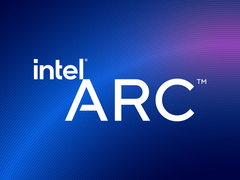
On paper, the Arc B580 (and to a lesser extent, the B570) were just what gamers ordered. Drivers were far closer to a plug-and-play experience, performance was ahead of the then-outgoing RTX 4060 and Radeon RX 7600, and more generous vRAM capacities would give them a much better shelf-life than either of those GPUs. But, of course, real life was more complicated than that. Initial stock was lacking and heavily weighted towards the US, driver overhead led to CPU bottlenecks on older and cheaper systems... and, of course, the elephant in the room, the silicon economics of it all. The BMG-G21 chip at the heart of Battlemage spans roughly 272 mm² - substantially larger than Nvidia's AD106 or AMD's Navi33, the last-gen chips it was primarily competing with - and once again, Intel only came out on top because of extremely aggressive pricing.
Though it seemed to have been a bit of a controversial idea when I wrote it about Arc Alchemist last year, there's a pretty straight, common-sense line between the silicon used in a GPU and the price it costs to make. Bigger chips use more space on a wafer and have more chances of a defect, either pushing down yields or requiring chips to be overdesigned for redundancy and down-binning, either pushing costs up (and price-to-performance down) or eating into margins. Just like with Alchemist, Intel chose the latter, selling a RTX 5070's worth of silicon for just half the price, in order to get away with it only getting an RTX 5060's worth of performance - burning cash at the very same time that the wider company is still struggling financially and seeing worrying signs even in its traditional bastion of the laptop market.
Battlemage was no productivity champion, either, trailing the Alchemist A770 in both Puget and Blender benchmarks (at least, aside from Puget's Unreal Engine 5 tests). But one silver lining did seem to pop up during Computex last month, in the form of the Arc Pro B60 and its 24 GB of vRAM. I'm sure everyone reading this is as tired as I am of seeing LLMs shoved into everything, but the demand for GPUs with more than 16 GB for larger AI models is fierce nonetheless, and the only available options right now are the unobtanium-priced RTX 5090 or end-of-life RTX 3090 and 4090. If ever there was a road to being able to sell BMG-G21 chips with healthy margins, to put Arc into the black on Intel's balance sheet and even make a few pennies to put towards work for next-gen Celestial... this was it.
Only, Intel wasn't selling Arc Pro B60s. It was just showing them off and pitching their availability in preconfigured, multi-GPU "Battlematrix" systems, that would arrive later this year; availability of standalone cards was up in the air and subject to Intel's roadmap for building Battlemage's software support. But if the Pro B60 takes too long to reach the wider market, it may well end up landing right in time to be outshone by a much-rumoured refresh of the RTX 5000 series that uses 3GB memory chips to provide extra vRAM. Once having 24 GB of vRAM is no longer a unique selling point in the sub-halo-tier market, the Pro B60 is liable to get steamrolled by a hypothetical RTX 5070 Ti Super - while its appeal for budget gamers could be put at risk by AMD giving even a small price cut to the RX 9060 XT (curr. $349.99 on Amazon) that's already pretty damn competitive at MSRP.
Could Intel Arc still turn things around? Could a rumoured B770 take on the GeForce and Radeon midrange? Personally, I certainly hope so - a third strong GPU contender is vital for competition - but the current state of Arc makes me wince just like when I wrote my previous piece. Just like with the consumer GPU crunch of previous years, the local AI boom has given Intel a change to make hay while the sun shines. Immature software held Alchemist back long enough for the first opportunity to slip away, leaving Intel forced to sell expensive silicon in cheap graphics cards, and starving their next generation of R&D cash in the process.
Battlemage might not be repeating history, but it sure seems to be rhyming.
Source(s)
Own analysis and research, Puget Systems, Blender Open Data




